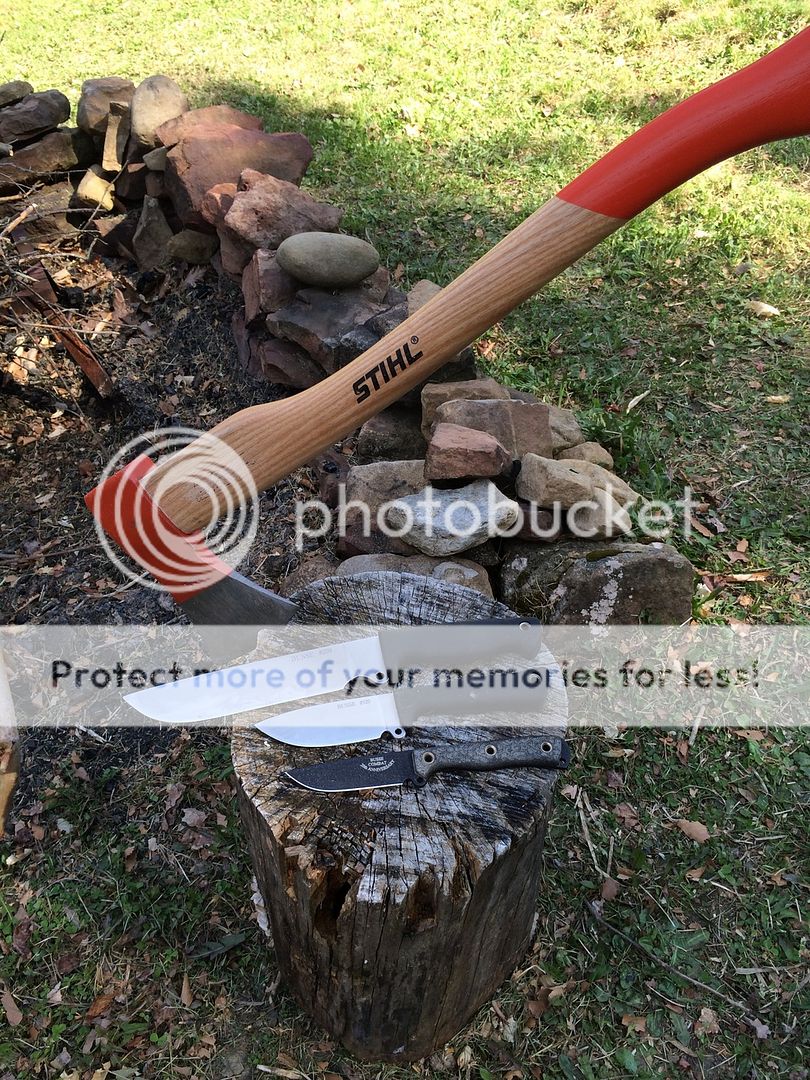- Joined
- Sep 16, 2013
- Messages
- 13
Hey guys. I'm looking to buy my first axe, this axe will be used mostly to split cord wood, some limbing and some chopping. I know axes don't always do both things well, but I'm looking for something can manage both.
As far as splitting, most of this will be done on cord/fire wood that is either semi split, or still in small manageable sized logs. I'm NOT looking to split rounds or huge logs with it. I will use it also to split down pieces to kindling.
I'm not looking for a huge axe to fell trees.
Limbing and chopping duties would be mostly small stuff, where I don't need to break out a chainsaw. Again, these duties would be far less than what I will need to do with splitting.
I was looking at Grandfors, Wetterlings or a vintage axe.
I've looked at
GB - Small forest axe
GB - Scandinavian forest axe
GB - Small splitting axe (I know this would just serve as a splitting axe, if it makes more sense to get this I would)
Wetterlings 121
Wetterlings 118
Thoughts on what might serve me well? I'd like a tool that can be passed down to my son one day, without breaking the bank.
As far as splitting, most of this will be done on cord/fire wood that is either semi split, or still in small manageable sized logs. I'm NOT looking to split rounds or huge logs with it. I will use it also to split down pieces to kindling.
I'm not looking for a huge axe to fell trees.
Limbing and chopping duties would be mostly small stuff, where I don't need to break out a chainsaw. Again, these duties would be far less than what I will need to do with splitting.
I was looking at Grandfors, Wetterlings or a vintage axe.
I've looked at
GB - Small forest axe
GB - Scandinavian forest axe
GB - Small splitting axe (I know this would just serve as a splitting axe, if it makes more sense to get this I would)
Wetterlings 121
Wetterlings 118
Thoughts on what might serve me well? I'd like a tool that can be passed down to my son one day, without breaking the bank.



